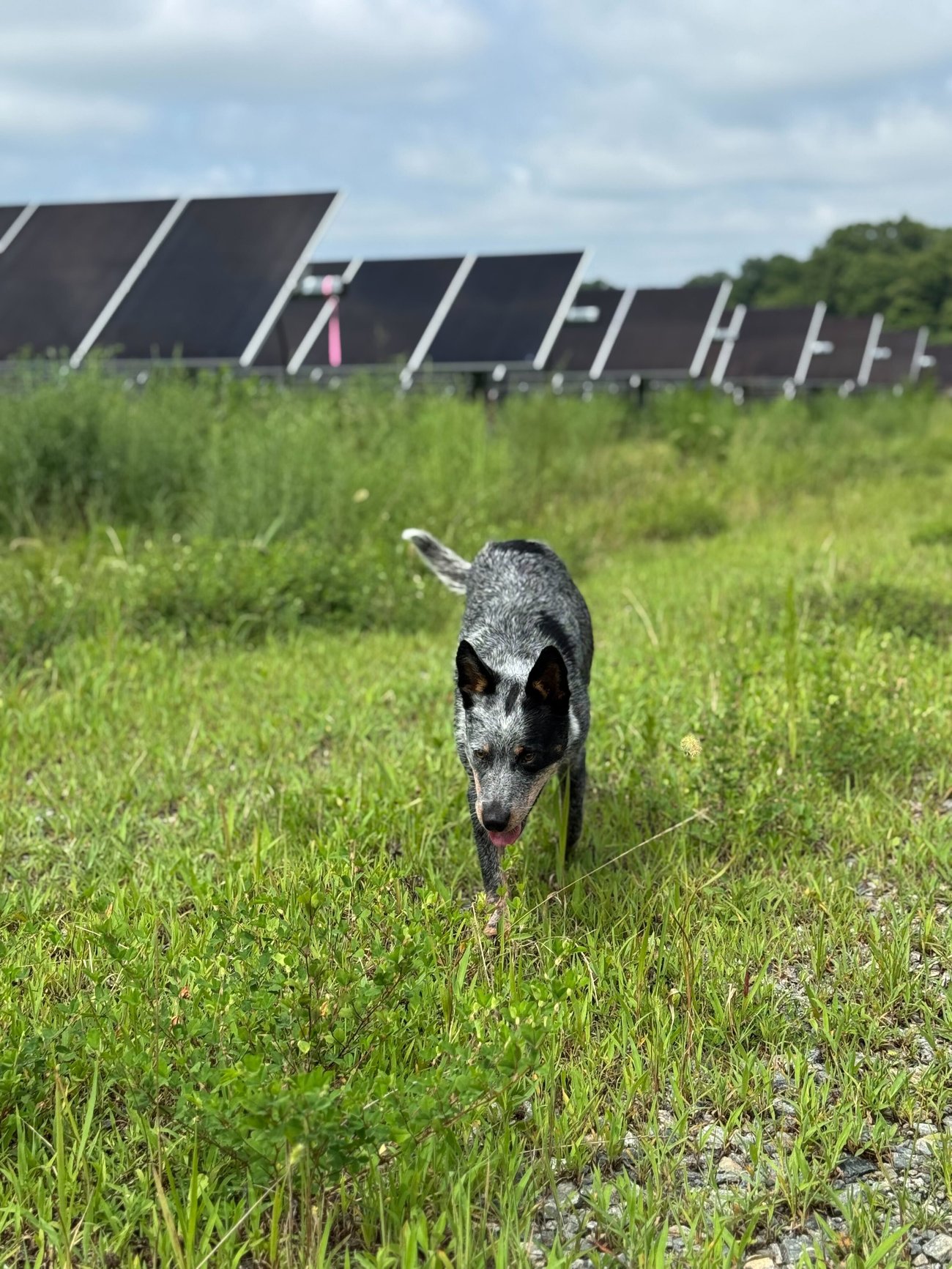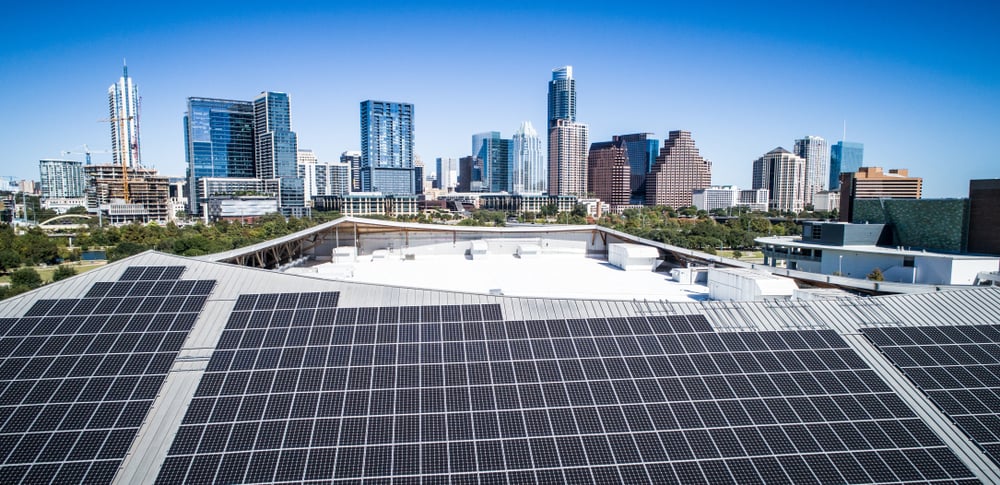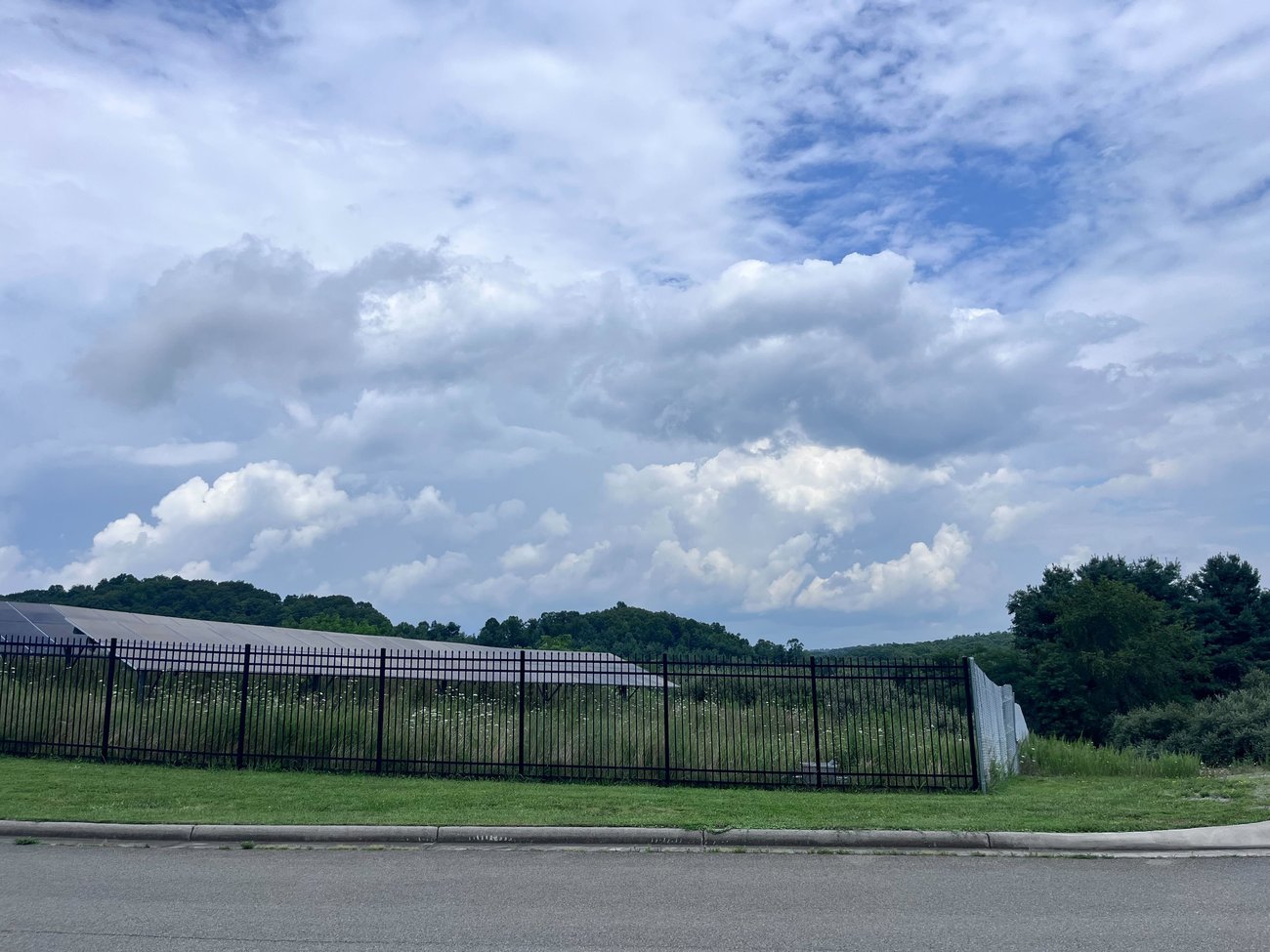|
|
|
Happy Friday!
July 25, 2025
|
|
|
|
The Energy Right team was in Harrisonburg for the Resilient VA conference and more this week on our mission for energy, the Right Way.
|
|
|
|
|
|
|
|
Virginia’s Energy Equation Is Becoming a Statewide Balancing Act
|
 |
|
|
|
Virginia’s large regions may look different on the map—from the bay area to Appalachia, but economically and electrically, they’re more connected than ever. Northern Virginia is home to the state’s fastest-growing high-tech sectors and generates 42% of Virginia’s tax revenue which supports public services across the entire Commonwealth. At the same time, rural regions, especially in Southside and Southwest Virginia, are seeing more opportunities (or feeling pressure) with supplying the energy needed to power that growth. As demand for electricity skyrockets, particularly from data centers and AI infrastructure, the tension between economic ambition and energy capacity is becoming harder to ignore.
Northern Virginia doesn’t produce nearly enough of its own power. That shortfall has led to a wave of utility-scale solar development in rural areas—often in counties that question what direct benefits they will gain from the projects. These regions do, however, have opportunities to put under-used land to productive use, and in many cases, solar projects bring valuable tax revenue to counties in need. Still, communities continue to raise fair questions about what best practices look like and what makes the most sense long term—for landowners, for growth, and for the grid. Complicating matters further, Virginia now imports more electricity than any other state, according to the U.S. Energy Information Administration. This dependency not only raises costs but also exposes the state to risks in national energy markets. While strategies like small modular nuclear reactors are on the horizon, they’re years away from reality. In the meantime, the solar buildout continues—placing disproportionate pressure on rural landowners and county governments.
The political debate is shifting accordingly. Lawmakers across the aisle increasingly acknowledge that the Virginia Clean Economy Act—passed when demand was relatively flat—needs to evolve. What that evolution looks like remains contested, but the stakes are clear. Virginia must balance its need for more generation, more workforce, and more reliability, without fracturing the shared responsibility that powers the state’s future. For rural counties, that means being at the center of a conversation they didn’t initiate—but now have every reason to shape.
|
|
|
|
|
|
Buzz of the Week
|
|
|
 |
|
Hollyfield Solar Farm, VA
|
|
Solar farms can make a great environment to facilitate sheep grazing, beekeeping, as well as a great field trip for a friendly pet!
|
|
|
|
Follow Us
|
|
|
|
|
|
|
|
|
|
What Can Virginia Learn from Texas’ Grid Model?
|
|
|
|
|
Texas has quietly become a national leader in clean energy—not to top-down mandates, but to a market-driven energy system that encourages innovation and investment. Once synonymous with blackouts, the Lone Star State now produces more wind and utility-scale solar power than any other state with battery storage quickly catching up. This success is rooted in a competitive electricity market that lets investors (not government planners) decide which energy projects move forward. As a result, renewables have become a central, flexible part of Texas’ power mix, bolstering reliability even during extreme heat and coal outages.
Virginia, by contrast, still relies heavily on a centralized utility model with more rigid permitting processes and slower timelines for renewable deployment. As electricity demand surges the state will need to modernize both how it builds and how it regulates energy. Texas’ experience shows that embracing flexibility, cutting overly restrictive red tape, and empowering private-sector solutions can drive rapid clean energy growth without sacrificing reliability. Even recent legislative attempts to roll back renewables in Texas have largely failed, a signal that market principles remain deeply embedded in the state’s approach to grid development.
Virginia has an opportunity to take the best of both worlds: pair long-term planning with market-aligned tools that allow solar, storage, and advanced nuclear to scale faster alongside other energy resources in out all-of-the-above approach. If Texas can use competition to fuel energy expansion while becoming the #2 state for business, Virginia can do the same—especially with its unique position in the Mid-Atlantic.
|
|
|
 |
|
Austin, Texas
|
|
|
|
|
|
|
|
|
|
This week our team went to Charlotte, Harrisonburg and Wise counties as well as Newport News!
|
|
|
|
|
|
|
 |
|
Mineral Gap Solar, Wise County, VA
|
|
|
|
While in the field, the Emery Right team had the opportunity to visit the Mineral Gap Solar Facility in Wise County. This innovative project was the first solar project developed on a formerly mined site in Virginia!
|
|
|
|
|
|
|
|
Northern Virginia wants to become an AI hub. From energy to education, here’s what that means for the rest of the state.
– Cardinal News
|
|
A new report from the Northern Virginia Chamber warns that the region’s reliance on federal jobs is becoming a vulnerability—and urges economic diversification into high-growth tech sectors like AI, semiconductors, and clean energy. But this shift has statewide ripple effects: with rural Virginia heavily dependent on NoVA’s tax revenue, any economic drag or shift impacts schools, services, and state budgets far beyond the metro.
The push toward energy-intensive industries like AI will also raise urgent infrastructure questions. While the report proposes small modular nuclear reactors as a long-term solution, surging short-term demand is expected to increase pressure on rural solar development and grid capacity. That means more clean energy policy debates in Richmond—and a likely rewrite of the Clean Economy Act to reflect today’s realities, not yesterday’s assumptions.
|
|
|
|
|
|
|
|
|
|
NEXT WEEK
We’ll be traveling to Botetourt, Carroll and Pulaski counties as well as Richmond city!
|
|
|
|
|
|
|
|
|
|
Virginia homeowners have more time to go solar with Solarize Virginia extending sign-ups to August 15 and Switch Together launching a new campaign through September 3. Both programs offer discounted pricing, vetted installers, and no-obligation assessments—making solar more accessible ahead of looming federal tax credit cuts and net metering changes set for 2026. Experts urge action now to ensure 2025 installation eligibility.
For more information, visit SwitchTogether.com/Solar/FairfaxCounty
|
|
|
|
|
|
|

